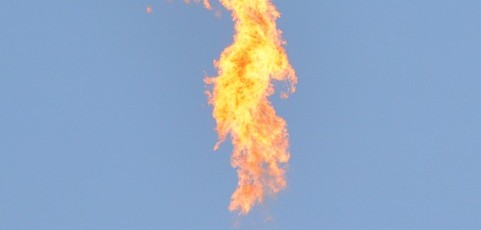Did you know that a photo-ionization detector helps you measure low concentration of VOCs? The photoionization detector is useful in the event of oil or gasoline spills, leaking cylinders or gas valves and hazardous materials incidents. However, the photoionization detector should not be used to detect methane gas. Read on to learn more about the photoionization detector. To make the most of PIDs, you need to ensure that it is maintained well and tested at regular intervals.
The PID Can Detect Low Levels of VOC
The PID can offer real-time readings of VOC levels, making it invaluable in an emergency leak situation to gauge the status. Since VOCs are combustible and toxic even at very low concentrations, any industrial facility that uses organic materials should have a photo-ionization detector set up. Examples of organic materials include propane, kerosene, gasoline, paint thinner, diesel, nail polish remover and jet fuel.
Brian Crimmins said in a recent article:
“The benefits of the PID are its low cost, ease of operation, and near-instantaneous results. Another benefit is the PID’s ability to measure low levels of VOCs. As stated above, VOCs are typically toxic or flammable at low concentrations. Therefore, it is important to measure these gases and vapors at the parts-per-million (ppm) level.”
Unless the PID is used along with another detection system like the multi-gas meter, it should not be used for the detection of natural gas. A flame-ionizing detector is the recommended solution for the detection of methane.
A PID Used In A VOC Meter Can Prevent Major Mishaps
If the calibration gas used is different from the gas present on location, it is likely that the results will be inaccurate. In addition, the PID on its own cannot determine which VOC is present. But it will tell you about the volume of VOCs present. It needs to be used along with another detection technology to pinpoint the chemical name of VOC present. Using wireless gas monitoring systems along with PID is the best option for better safety in industrial facilities and chemical plants.
Chase Williams said in a recent article:
“When air enters the end of a VOC meter, a UV light interacts with the molecules in the air. Organic compounds release positively charged ions when they pass through the light, which are then captured by a negatively charged plate producing a measurable electrical current. The current is measured by the PID device, which is then used by the VOC sensor to determine the type and quantity of the detected VOCs. The higher the electrical current, the more pollutants in the air, and the UV lamp used by the manufacturer of the VOC meter determines what contaminants can be detected by the VOC sensor.”
The photoionization detector needs to bump-tested and calibrated at regular intervals. This will ensure accurate readings and make sure that the sensors and connected alarms are working.
Firefighters and Hazmat teams should be made aware that ventilation in closed spaces where VOCs leaks are detected is the way to go. Evacuation of workers from the facility should be initiated immediately.
Having a PID in combination with other detection systems will ensure better safety for your facility. The PID can be used to detect every low levels of VOC and avert industrial disasters.

